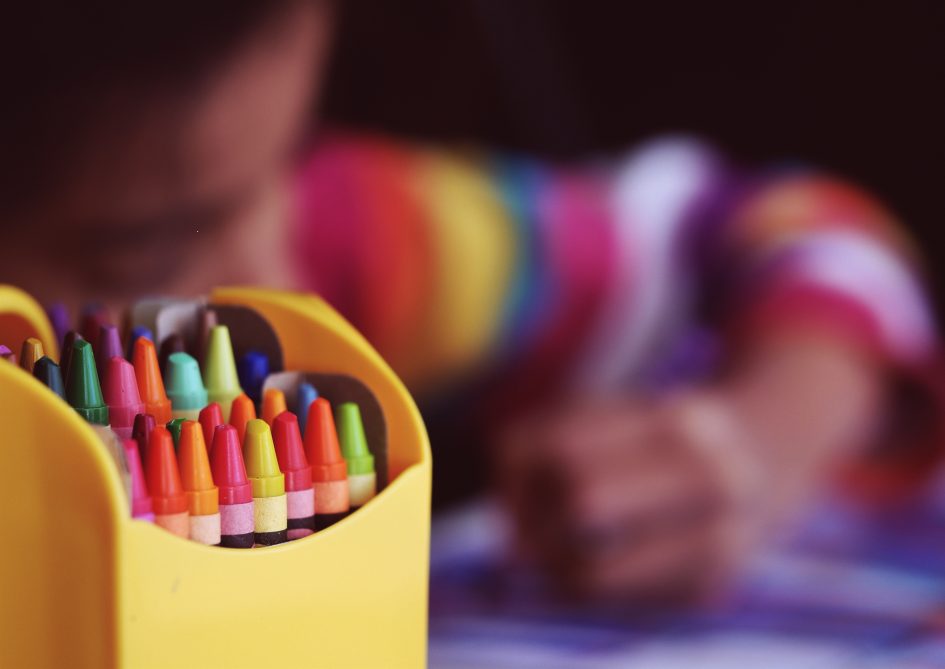Conclusion of Course
This course has provided me with a more in-depth understanding and further knowledge into the history of childhood and education. I came into the course with a general idea of how I define childhood and education and now having learned what I have my thoughts and opinions have expanded. Childhood is an age of analysis and continues to change and develop overtime. When we refer to childhood in the 1800s and when we refer to it now there are many differences. Children were expected to work and contribute to their families economic status. As time went on children and the stage of childhood was viewed in many different aspects. However, the most influential impact on childhood was a child’s race, gender, class, and health. Education was dependent on these factors as well. The education children received depended on their role in society. Education was based on Euro-Canadian ways of life and was used as a way to conform children to the expectations of society.
This is where the role of residential schools comes into play. Residential schools were a large influence on indigenous childhood during the 1800-1900s. They were used as a form of assimilation to control Indigenous people and diminish their culture while integrating them into the dominant society. This subject was what stuck out to me most throughout the course and gave me a real idea of what childhood and education were, how it was implemented and how it has changed.
Learning the ways in which residential school impacted Indigenous children allowed me a deeper understanding of the diversity of childhood and education and the segregation and discrimination that played a large role within the history of it.
